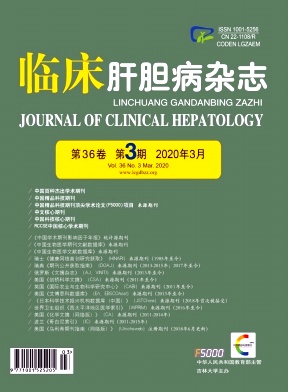To further understand the 2019 EASL Guidelines for drug-induced liver injury( DILI),this article outlined the updated key points of the guidelines and analyzed these points with reference to the reality of China,including the type of DILI,DILI induced by herbs and dietary supplements,prospective versus retrospective studies,diagnosis and causality assessment,risk factors,special phenotypes of DILI,management of DILI induced by immune checkpoint inhibitors,indication for the withdrawal of antitubercular agents,new biomarkers for DILI under clinical research,and therapeutic drugs for DILI. It is pointed out that the new version of the EASL guidelines redefined the diagnosis of acute and chronic DILI,provided detailed management strategies for DILI induced by immune checkpoint inhibitors and criteria for the withdrawal of antitubercular agents,and summarized several special phenotypes of DILI,with an emphasis on DILI induced by herbs and dietary supplements. Therefore,these guidelines have a good reference value for the diagnosis and treatment of DILI in China.







 DownLoad:
DownLoad: